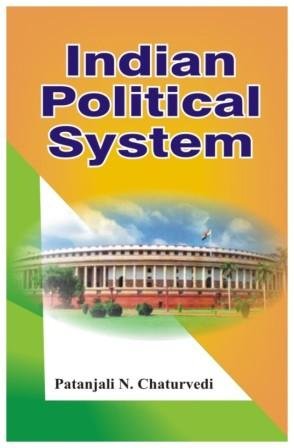Indian Political System
Indian Political System
Couldn't load pickup availability
About the book: Indian Political System India with a population of around a billion and an electorate of over 700 million is the world's largest democracy and for all its faults and flaws, this democratic system stands in marked contrast to the democratic failures of Pakistan and Bangladesh which were part of India until 1947. The Indian political system is a much more recent construct dating from India's independence from Britain in 1947. The current constitution came into force on 26 November 1950 and advocates the trinity of justice, liberty and equality for all citizens. India is a Sovereign, Secular, Democratic Republic with a Parliamentary form of Government. The Constitution was adopted by the Constituent Assembly on 26th November 1949 and came into force on 26th November 1950. The Constitution advocated the trinity of justice, liberty and equality for all the citizens. The Constitution was framed keeping in mind the socioeconomic progress of the country. India follows a parliamentary form of democracy and the government is federal in structure. Contents Introduction Fundamental Rights Secularism and Federalism Modernity and Politics The Political Status of Indian Tribes The Political Economy of India Autonomy of the Indian State Politics and India: Sex Equality through Law Bibliography About the Author: Patanjali N Chaturvedi Patanjali N. Chaturvedi obtained his Master's Degree in Political Science from University of Delhi and subsequently M.Phil and B.Ed. Degree from same University and to his academic achievements ....
Share

